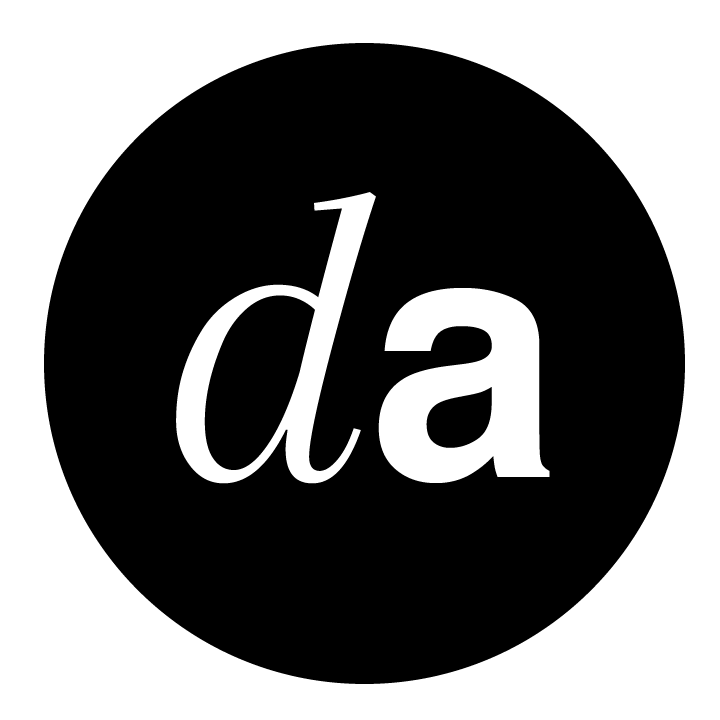Full-stack User Experience Design: what it is and why you need it
A good user experience is crucial to the success of your product. However, UX design and UI design are often treated as separate entities when it comes to web development. This separation has led to a disconnect in what we're designing and how we go about doing it.
The full-stack approach bridges this gap by bringing together UX designers and UI designers at all stages of the process: research, design, prototyping, and product development. It's a holistic way of designing products that accounts for how users interact and experience their features and content.
But does this approach work? How can you know if you should implement it? Read on for more information about the full-stack approach to UX design and why it's so important.
What is the full-stack approach to design?
The full-stack approach starts with research, moves through visual designs and prototyping, and concludes with the development process. It's an end-to-end process of design where designers work with the product at various stages of creation rather than handing it off to specialized people to conduct work in their silos.
What does this all mean? A full-stack designer is a UX discipline generalist and takes a multifaceted approach to build a product:
They lead and conduct research initiatives to determine what people want from a product.
They create user interface (UI) elements based on research findings and industry best practices.
They build working prototypes for user validation.
They work closely with developers to ensure the designs and interactions are correctly implemented.
For example, if you're redesigning your website, the first step would involve researching what people are looking for when they visit your site. You might interview potential customers or conduct surveys to learn more about what they want. Then you'd start creating designs based on research findings. The design phase might (should) include rounds of user validation to make sure the design is solving the user's problems and meeting their needs. Next, building a prototype or MVP (minimum viable product) for review and testing allows designers to get valuable feedback on the interactions and overall designed user experience. Finally, you can then work with developers to implement your designs and features into your refreshed website.
The full-stack approach has been endorsed by leading companies like Facebook, Dropbox, and Google. It can be applied to any product or service, from consumer apps and websites to enterprise platforms.
Why the full-stack approach works
The full-stack approach to UX design has been gaining popularity over the last few years. That's because it makes sense. It helps bridge the gap between UX and UI design, leading to a more cohesive user experience.
UX designers are responsible for researching users, understanding their needs, and designing the product's interface. UI designers focus on visual elements like color schemes, typography, and layouts. Bringing these two together at every stage of development makes it easier to achieve both good UX and good UI.
What are the benefits of Full-Stack design? One of the main benefits of the full-stack approach to design is that you, the designer, have a better sense of what your users want, your designs are more cohesive, and your products are more responsive to user needs. This leads to better customer satisfaction with your product. Working with a product at every stage of the life-cycle helps give an application a more consistent feel and allows the designer better understand the overall product strategy.
How to implement Full-stack UX Design
The full-stack approach begins with research. This is where you'll think about what your product does, who it's for, and why people will want to use it. The goal of the research phase is to identify user needs and design solutions for them.
Once you've compiled all of your user insights, you can formulate specific goals for the next stage: design and prototyping. This is where you combine UX and UI design elements to create a prototype that showcases your product in action. Prototypes are an essential step because they provide both UX and UI designers with a common ground for collaboration. They also show users and stakeholders how their product might work in real life, which helps them make informed decisions about whether or not it's the right fit for them (and encourages feedback).
After creating prototypes, designers use them to test and validate ideas to ensure the website's or application's features do what they're designed to do. When UX designers test prototypes, they look at how well different features enhance the user's experience and if there are any opportunities for improvement along the way. They also check if anything was overlooked during development that could prove troublesome down the road (such as accessibility). When UI designers test prototypes, they examine the aesthetics of the interface and check if any visual elements need adjusting or changing altogether (depending on what feedback is collected from UX testing).
The final stage of full-stack UX design is product development. The development phase is where the finalized features, interactions, and visual elements are turned into functioning code.
Conclusion
The full-stack approach to user experience design is a more holistic way to ensure your users get the best, most consistent experience possible. With designers owning and being able to touch the product at every step in its life-cycle, you not only get a better product but more skilled and flexible designers. By following this full-stack approach, you can be confident in your design decisions and get the most out of your process.
